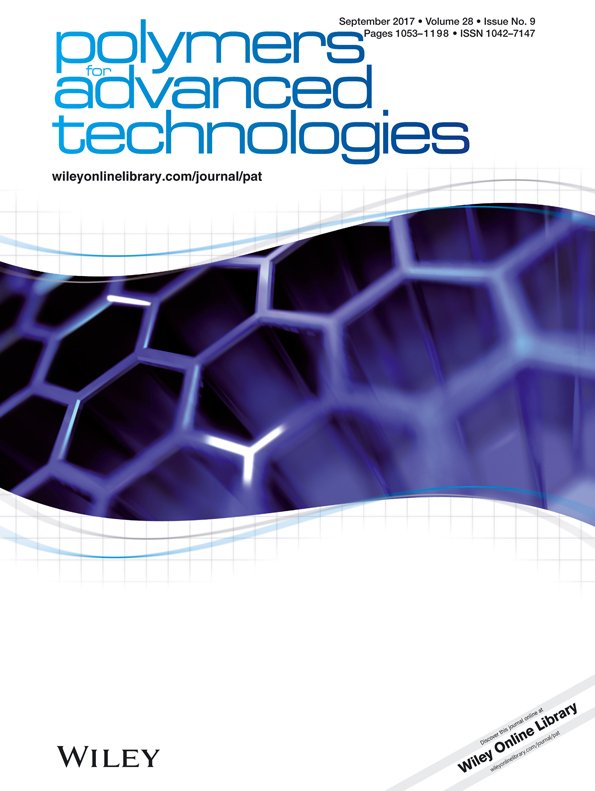Preparation and properties of textile materials modified with triclosan-loaded polylactide microparticles
Abstract
A convenient and simple method for preparation of commercial nonwovens with antimicrobial properties was elaborated. The process consists in preparation of poly(l-lactide) microspheres (from poly(l-lactide) with Mn = 10,560 and Mw/Mn = 1.39) containing triclosan (5-chloro-2-(2,4-dichlorophenoxy) phenol) and loading them onto the nonwovens. The microspheres were prepared by spray drying (Dn = 3.91 μm, Dw/Dn = 2.43) and oil-in-water emulsification-solvent evaporation method (Dn = 5.84 μm, Dw/Dn = 1.25). Content of triclosan in microspheres ranged from 4.65 to 4.95 wt%. The antibacterial nonwovens were prepared by padding of the fibers with the microspheres using the microsphere suspension. The resulting antibacterial nonwovens were examined using inhibition zone measurement method. Inhibition zones from 4 to 9 mm indicated that the modified nonwovens had antibacterial properties against Gram (+)—Staphylococcus aureus and Gram (−)—Klebsiella pneumoniae. Nonwovens were conditioned up to 12 months at relative humidity <5%, 50%, and 100% in desiccators and up to 6 months air-conditioning system at relative humidity = 65%. Antimicrobial activity of the modified nonwovens was examined as a function of time and air humidity. Time of conditioning has strong influence on antibacterial activity, whereas the impact of the air humidity was negligible. All nonwovens had antibacterial properties even after 12 months of conditioning. Copyright © 2017 John Wiley & Sons, Ltd.




